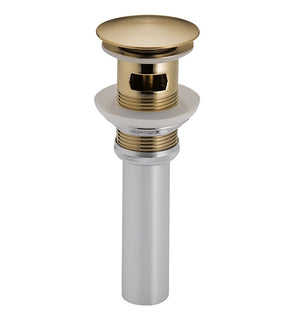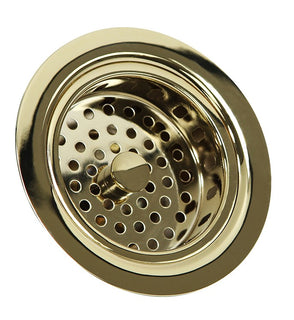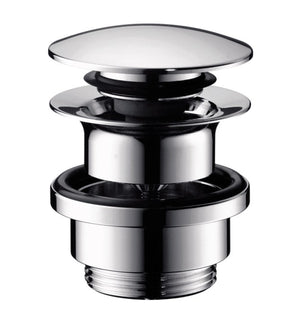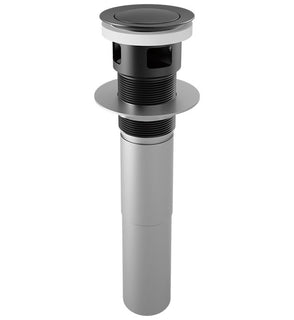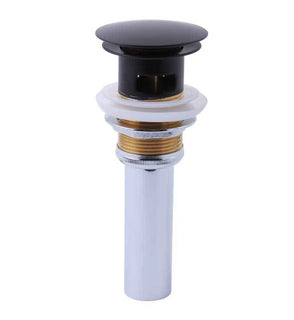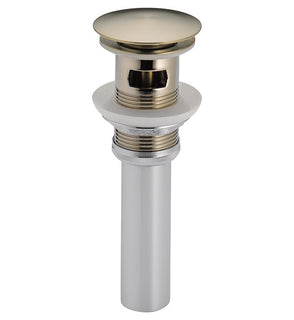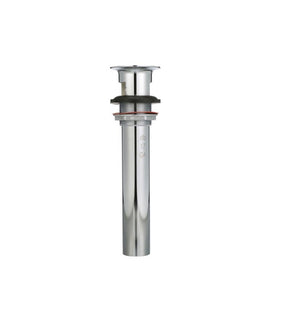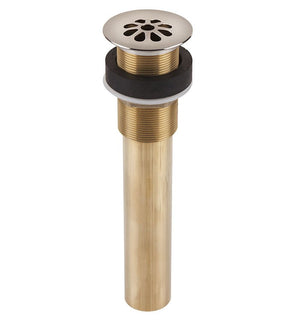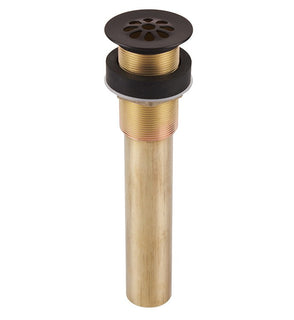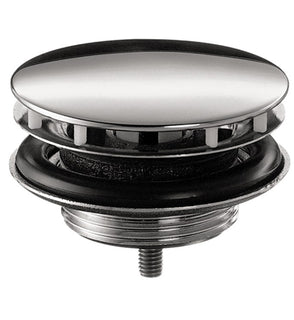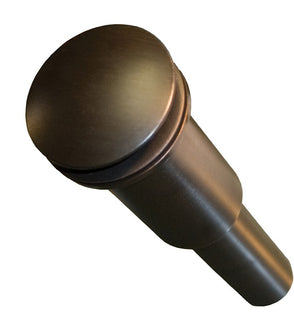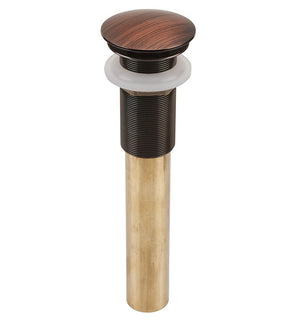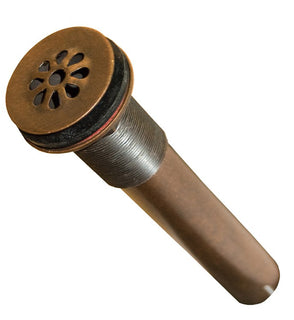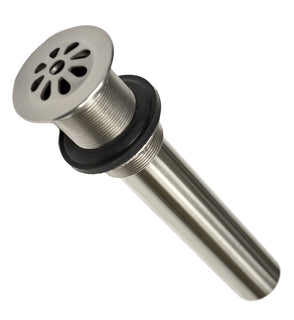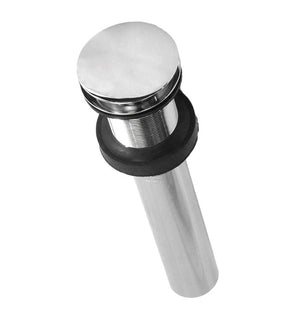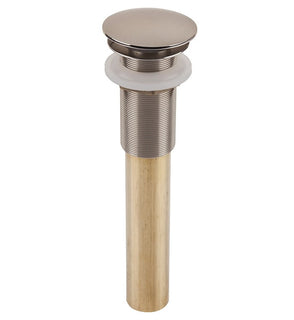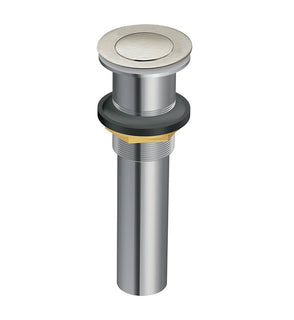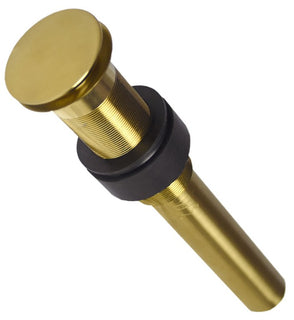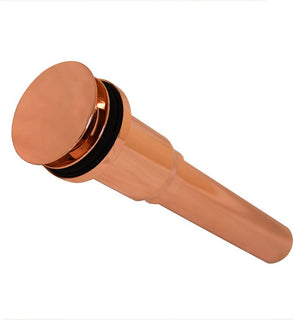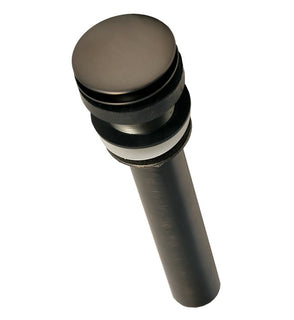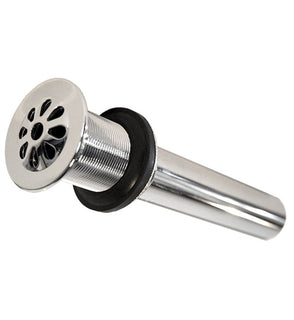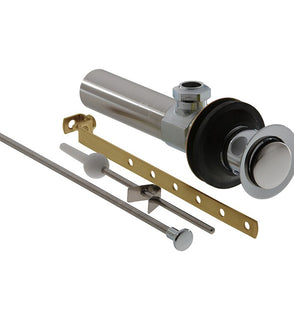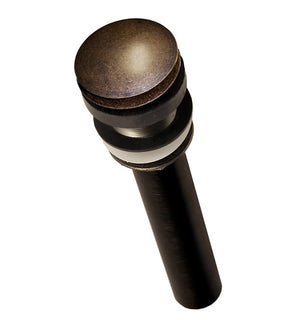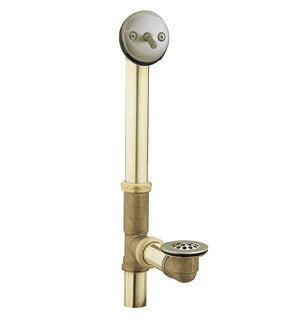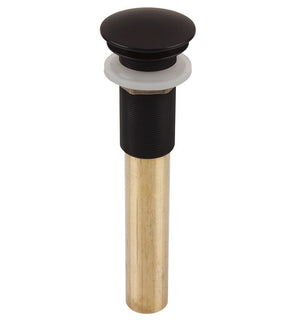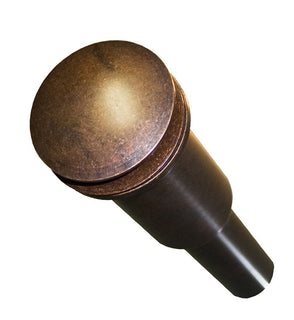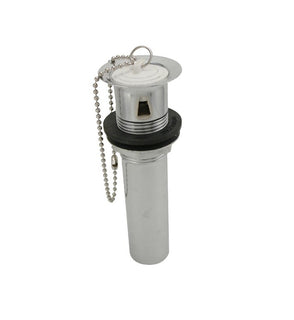Reliable Bathroom Sink Drains and Drain Assemblies
Bathroom sink drains are essential components that ensure proper water flow, prevent leaks, and maintain the hygiene and function of your basin. Choosing the right drain type and assembly can simplify installation and prolong the life of your sink.
Pop-Up Sink Drains
Pop-up drains are commonly used in modern bathroom sinks. They allow for convenient water retention and release with a simple lever mechanism, combining functionality with a clean, streamlined look.
Grid Drains and Strainers
Grid drains and drain strainers prevent debris from entering the plumbing, reducing clogs and maintaining smooth drainage. These components are ideal for bathrooms with frequent use or small particles like hair.
Drain Assemblies
Complete drain assemblies include all necessary components to connect your sink to the plumbing system. Choosing the right assembly ensures proper alignment, leak prevention, and long-term durability.
Pull-Out Plugs and Accessories
Pull-out plugs provide an alternative to standard pop-up drains, allowing for easy water retention when needed and simple drainage control. Accessories like gaskets and washers support a secure, leak-proof installation.
Installation Tips and Maintenance
Proper installation of your bathroom sink drain is critical for optimal function. Ensure all seals are tight, connections are secure, and periodic cleaning prevents clogs and extends the lifespan of your plumbing components.
Frequently Asked Questions: Bathroom Sink Drains
What types of bathroom sink drains are available?
Bathroom sink drains include pop-up drains, grid drains, drain assemblies, drain strainers, and pull-out plugs to suit various sink types and user needs.
How do I install a pop-up sink drain?
Pop-up drains typically come with a lever assembly. Install the drain body into the sink, secure it with the gasket and nut, and connect the lever mechanism to the stopper.
What is the difference between a grid drain and a pop-up drain?
A pop-up drain has a lever-operated stopper for water retention, while a grid drain allows continuous drainage and prevents debris from entering the plumbing system.
How can I prevent clogs in my bathroom sink drain?
Regularly clean the drain strainer, remove debris, and periodically flush the drain with water or a mild cleaning solution to maintain smooth drainage.
Can I replace a bathroom sink drain myself?
Yes, most bathroom sink drains are designed for DIY replacement. Ensure you have the correct size, follow installation instructions, and check all seals to prevent leaks.
Upgrade your bathroom with durable, high-quality sink drains and assemblies designed for easy installation, leak prevention, and lasting performance in any basin.

